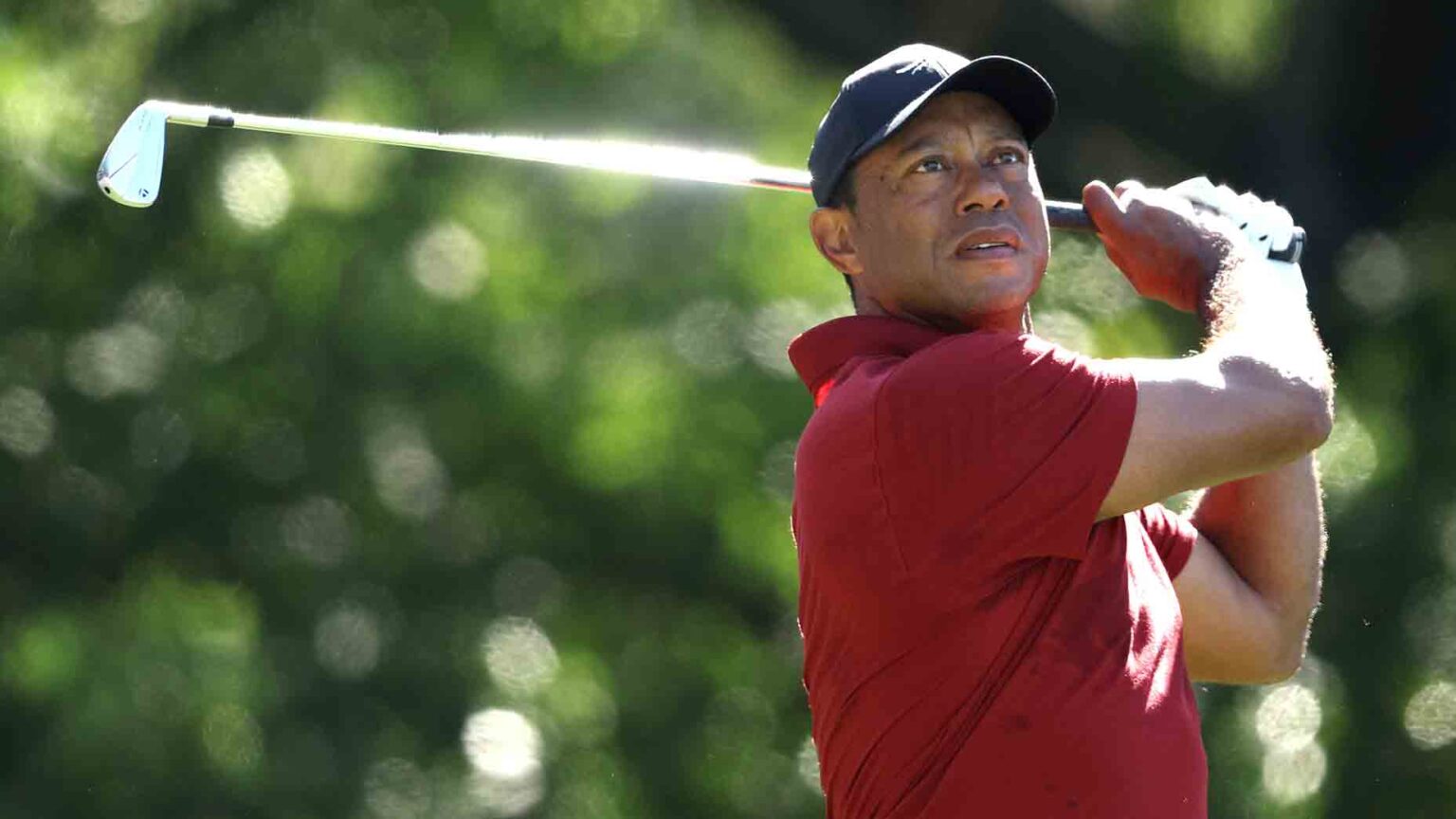Tiger Woods Undergoes Lumbar Disc Replacement: A Major Step Forward in His Recovery Journey
Tiger Woods, the legendary golfer and 15-time major champion, recently underwent his seventh back surgery—a lumbar disc replacement—which he announced shortly after the procedure. Woods had been struggling with persistent back pain and mobility issues, prompting him to seek medical intervention. After consultations and scans, it was revealed that he had a collapsed disc in the L4/L5 region, alongside disc fragments and a compromised spinal canal. Woods expressed satisfaction with his choice to have the surgery, noting its potential for improving his overall health and golfing capabilities.
The History of Tiger Woods’ Back Issues
Woods’ back problems are not new; he has faced multiple injuries and surgeries over the years. His earlier surgeries included a spinal fusion procedure in 2017 that aimed to relieve pain but also resulted in some loss of mobility. The affected disc levels above the fusion site have since absorbed increased stress, leading to further degeneration and complications. With the L4, L5 area now critically damaged, Woods faced a tough decision: undergo another fusion and risk losing even more mobility, or consider an innovative artificial disc replacement.
The Decision for Artificial Disc Replacement
Dr. Marty Jaramillo, a sports injury analyst and physical therapist, shed light on Woods’ decision to pursue an artificial disc replacement. Unlike traditional fusion surgery, which can restrict motion, this new procedure allows healthy rotational movement essential for a professional golfer’s swing. The artificial disc provides stability and decompression of nerve endings without the trade-off of decreased mobility. Given Woods’ history and sports demands, the disc replacement was arguably his best option to try to mitigate long-term limitations in performance.
Immediate Recovery Plan
In the immediate aftermath of the surgery, Woods is required to adhere to strict rest and movement limitations for the next two weeks. He is allowed to walk as tolerated but must avoid twisting and bending. As recovery progresses over the following weeks, Woods will begin incorporating a lumbar stabilization program to foster healing. This structured recovery process is crucial for ensuring that the artificial disc and surrounding tissues heal correctly, allowing Woods to regain his previous levels of athletic performance.
Long-term Regimen for an Aging Athlete
Being an aging athlete, Woods faces unique challenges in his recovery and future performance. Maintenance and recovery therapies will become essential components of his routine. Jaramillo highlights that Woods will need to carefully manage his tournament schedule and pay attention to the climates and terrains of the courses he competes on. This disciplined approach has parallels with other athletes like LeBron James and Tom Brady, who have successfully extended their careers through rigorous maintenance.
Timeframe for Competitive Golf Return
While the exact timeline for Woods’ return to competitive golf remains uncertain, Jaramillo expressed optimism. Given the surgery and Woods’ recent recovery from an Achilles tendon injury, the golfer could potentially compete in tournaments like the Hero World Challenge and PNC Championship in December. This timeframe presents a promising opportunity for Woods to re-enter the competitive scene and assess his new capabilities on the course.
The Ankle Issue: Bigger Concern than Back
Experts believe that Woods’ most pressing concern for his long-term competitive career may not be his back but rather the ongoing issues with his ankle, which were exacerbated by a serious car accident in 2021. Woods underwent ankle fusion surgery, a procedure that has limited mobility in that joint, causing challenges in adjusting to uneven terrains during tournaments. This ankle limitation could serve as a significant speed bump in his ability to compete over the long haul.
Future Outlook for Tiger Woods
With the recent advances in medical technology, particularly regarding artificial disc replacement, Woods has taken a positive step toward addressing his back issues. This surgery not only aims to alleviate pain but also seeks to restore a level of mobility vital for his profession. If successful, it could pave the way for Woods to not only compete but thrive in the coming years, provided he adheres to vigilant rehabilitation protocols.
Understanding the Impact of Surgery on Performance
The implications of this surgery extend beyond pain relief; they signify a critical shift in how athletes approach recovery and performance optimization. As more athletes adopt techniques like artificial disc replacements, the landscape of sports medicine continues to evolve, showcasing the potential for extended careers even in the face of significant injury. Woods may serve as a beacon of hope for aging sports professionals who face similar hurdles.
The Legacy of Tiger Woods
As Woods embarks on this latest chapter of his recovery, his legacy as one of golf’s all-time greats remains intact. His journey through adversity, marked by surgeries and rehabilitation, exemplifies the relentless determination that has defined his career. If the artificial disc replacement proves successful, it might not only enhance Woods’ health and performance but could also provide valuable insights into the future of sports medicine and athlete longevity. Whether competing again soon or focusing on recovery, Woods’ impact on the sport will undoubtedly continue to resonate for years to come.

